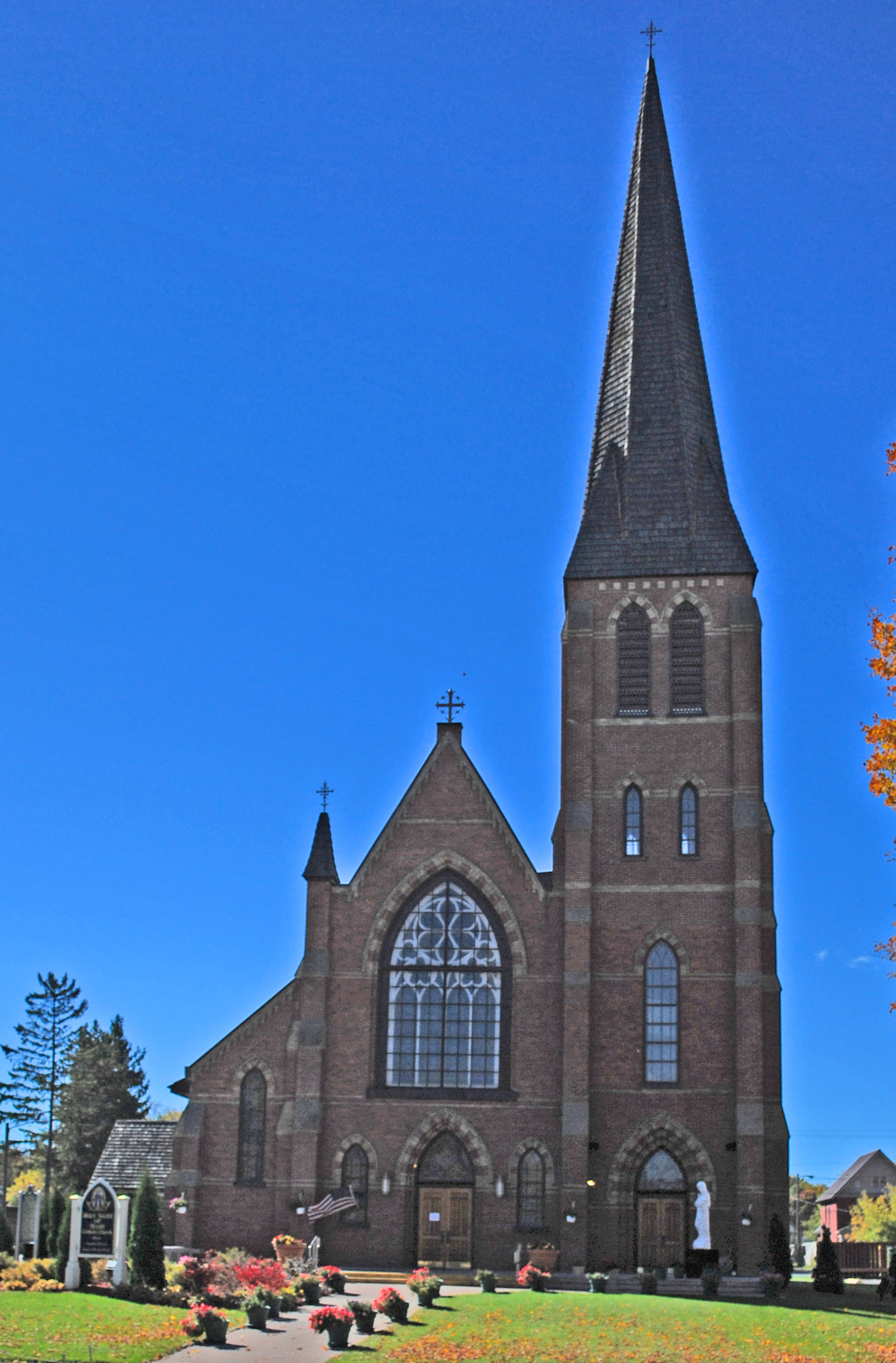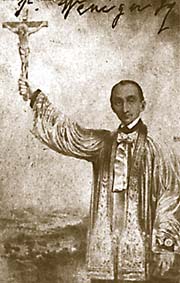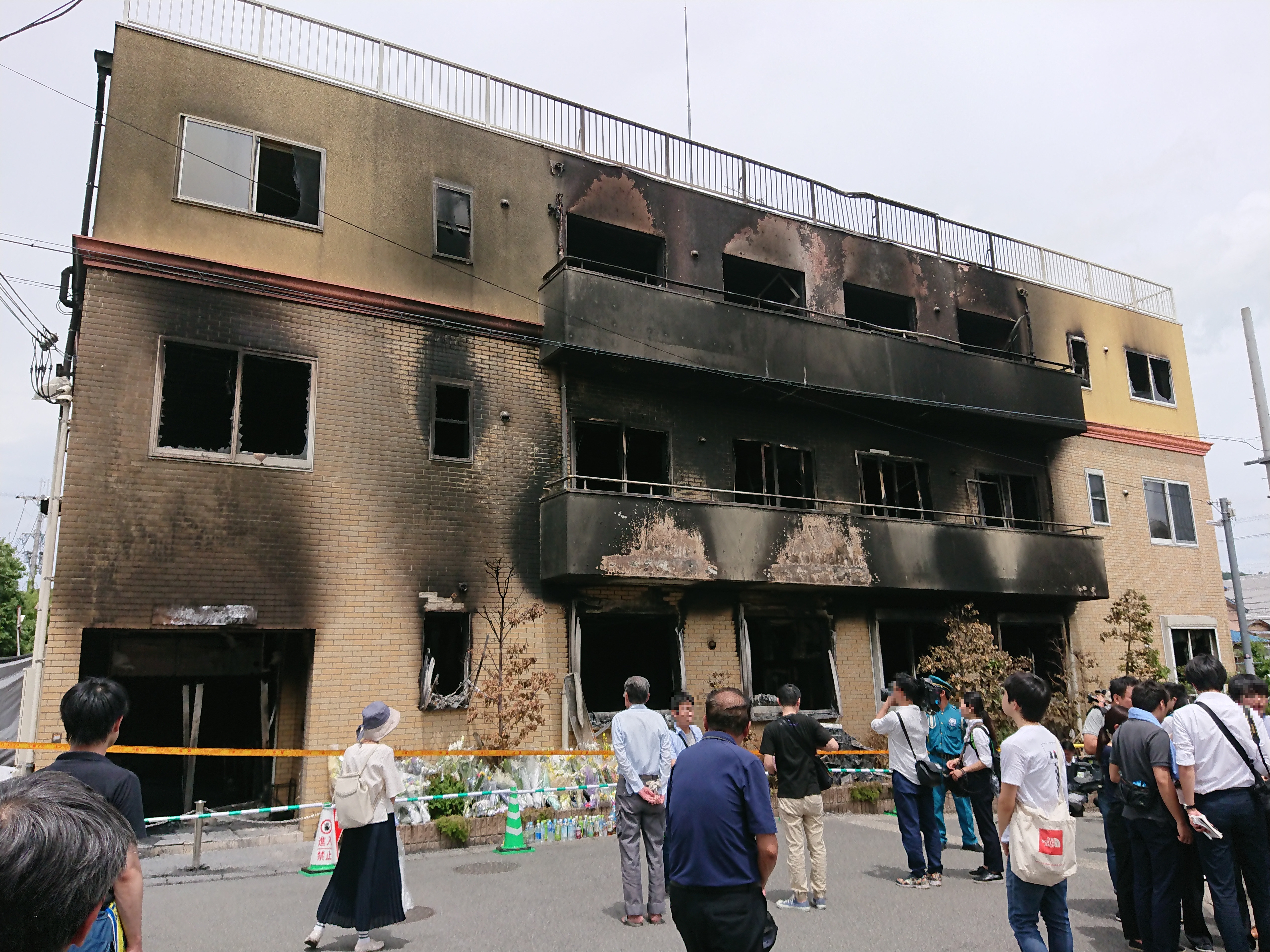|
John Vertin
John Vertin (July 17, 1844 – February 26, 1899) was a Slovenian-born American prelate of the Roman Catholic Church. He served as the third bishop of the Diocese of Sault Sainte Marie and Marquette in Michigan, from 1879 until his death in 1899. Life Early life John Vertin (sometimes spelled ''Wertin'') was born on July 17, 1844 in Dobliče in the Duchy of Carniola (present-day Črnomelj, Slovenia) and baptized ''Johann Vertin''. He was the second of four children of Joseph and Mary (née Deržaj) Vertin. Vertin received his early education at the gymnasium in Novo Mesto. Joseph Vertin was a merchant who came to the United States in 1852 . He settled in Michigan and opened general stores in Hancock and Calumet (now known as Vertin Gallery). Joseph Vertin returned to Carniola in 1857. At age 18, John Vertin arrived in New York City with his parents and siblings on July 7, 1863 and departed for Michigan.Vertin entered Saint Francis de Sales Seminary in St. Francis, Wisconsin ... [...More Info...] [...Related Items...] OR: [Wikipedia] [Google] [Baidu] |
Roman Catholic Diocese Of Marquette
The Diocese of Marquette ( la, Diœcesis Marquettensis) is a Latin Church ecclesiastical territory or diocese of the Catholic Church, encompassing all of the Upper Peninsula of Michigan. The diocese is a suffragan diocese in the ecclesiastical province of the metropolitan Archdiocese of Detroit. It encompasses an area of 16,281 square miles (42,152 square kilometers). Its cathedral is St. Peter Cathedral in Marquette, which replaced Holy Name of Mary Pro-Cathedral at Sault Ste. Marie. , the number of registered Catholics in the diocese was 65,500. There were fifty-eight diocesan priests and 11 religious at 74 parishes and 23 missions. There were 10 parish grade schools. Sixty-three women religious were also in service to the diocese. History Pope Pius IX separated territory from the Diocese of Detroit, to create the Vicariate Apostolic of Upper Michigan on July 29, 1853. On January 9, 1857, he raised the Vicarate to the status of a Diocese, as the Roman Catholic Diocese ... [...More Info...] [...Related Items...] OR: [Wikipedia] [Google] [Baidu] |
Saint Ignatius Loyola Church
Saint Ignatius Loyola Church is a church located at 703 East Houghton Avenue in Houghton, Michigan. The church was designated a Michigan State Historic Site in 1977 and listed on the National Register of Historic Places in 1987. History Early Roman Catholics living in Houghton met for worship first in a boarding house and later in a school. Bishop Frederic Baraga, then located in L'Anse, Michigan, spearheaded efforts to build a new church. Ground was broken for the new church in early 1859, and on July 31, 1859, Bishop Frederic Baraga dedicated the original St. Ignatius Loyola Church. Beginning in 1859, a long list of priests were assigned to the church, all of whom served for only a short time. However, in 1895, Father (later Monsignor) Antoine Ivan Rezek was appointed pastor to the parish. In the late nineteenth century, the Keweenaw Peninsula had seen an explosive growth due to the local copper mining industry, and a substantial, ethnically diverse population of Catholics ha ... [...More Info...] [...Related Items...] OR: [Wikipedia] [Google] [Baidu] |
19th-century Roman Catholic Bishops In The United States
The 19th (nineteenth) century began on 1 January 1801 ( MDCCCI), and ended on 31 December 1900 ( MCM). The 19th century was the ninth century of the 2nd millennium. The 19th century was characterized by vast social upheaval. Slavery was abolished in much of Europe and the Americas. The First Industrial Revolution, though it began in the late 18th century, expanding beyond its British homeland for the first time during this century, particularly remaking the economies and societies of the Low Countries, the Rhineland, Northern Italy, and the Northeastern United States. A few decades later, the Second Industrial Revolution led to ever more massive urbanization and much higher levels of productivity, profit, and prosperity, a pattern that continued into the 20th century. The Islamic gunpowder empires fell into decline and European imperialism brought much of South Asia, Southeast Asia, and almost all of Africa under colonial rule. It was also marked by the collapse of the lar ... [...More Info...] [...Related Items...] OR: [Wikipedia] [Google] [Baidu] |
Austrian Empire Emigrants To The United States
Austrian may refer to: * Austrians, someone from Austria or of Austrian descent ** Someone who is considered an Austrian citizen, see Austrian nationality law * Austrian German dialect * Something associated with the country Austria, for example: ** Austria-Hungary ** Austrian Airlines (AUA) ** Austrian cuisine ** Austrian Empire ** Austrian monarchy ** Austrian German (language/dialects) ** Austrian literature ** Austrian nationality law ** Austrian Service Abroad ** Music of Austria **Austrian School of Economics * Economists of the Austrian school of economic thought * The Austrian Attack variation of the Pirc Defence chess opening. See also * * * Austria (other) * Australian (other) * L'Autrichienne (other) is the feminine form of the French word , meaning "The Austrian". It may refer to: *A derogatory nickname for Queen Marie Antoinette of France *L'Autrichienne (film), ''L'Autrichienne'' (film), a 1990 French film on Mari ... [...More Info...] [...Related Items...] OR: [Wikipedia] [Google] [Baidu] |
People From The Municipality Of Črnomelj
A person ( : people) is a being that has certain capacities or attributes such as reason, morality, consciousness or self-consciousness, and being a part of a culturally established form of social relations such as kinship, ownership of property, or legal responsibility. The defining features of personhood and, consequently, what makes a person count as a person, differ widely among cultures and contexts. In addition to the question of personhood, of what makes a being count as a person to begin with, there are further questions about personal identity and self: both about what makes any particular person that particular person instead of another, and about what makes a person at one time the same person as they were or will be at another time despite any intervening changes. The plural form "people" is often used to refer to an entire nation or ethnic group (as in "a people"), and this was the original meaning of the word; it subsequently acquired its use as a plural form of p ... [...More Info...] [...Related Items...] OR: [Wikipedia] [Google] [Baidu] |
1899 Deaths
Events January 1899 * January 1 ** Spanish rule ends in Cuba, concluding 400 years of the Spanish Empire in the Americas. ** Queens and Staten Island become administratively part of New York City. * January 2 – **Bolivia sets up a customs office in Puerto Alonso, leading to the Brazilian settlers there to declare the Republic of Acre in a revolt against Bolivian authorities. **The first part of the Jakarta Kota–Anyer Kidul railway on the island of Java is opened between Batavia Zuid ( Jakarta Kota) and Tangerang. * January 3 – Hungarian Prime Minister Dezső Bánffy fights an inconclusive duel with his bitter enemy in parliament, Horánszky Nándor. * January 4 – **U.S. President William McKinley's declaration of December 21, 1898, proclaiming a policy of benevolent assimilation of the Philippines as a United States territory, is announced in Manila by the U.S. commander, General Elwell Otis, and angers independence activists who had fought ... [...More Info...] [...Related Items...] OR: [Wikipedia] [Google] [Baidu] |
1844 Births
In the Philippines, it was the only leap year with 365 days, as December 31 was skipped when 1845 began after December 30. Events January–March * January 15 – The University of Notre Dame, based in the city of the same name, receives its charter from Indiana. * February 27 – The Dominican Republic gains independence from Haiti. * February 28 – A gun on the USS ''Princeton'' explodes while the boat is on a Potomac River cruise, killing two United States Cabinet members and several others. * March 8 ** King Oscar I ascends to the throne of Sweden–Norway upon the death of his father, Charles XIV/III John. ** The Althing, the parliament of Iceland, is reopened after 45 years of closure. * March 9 – Giuseppe Verdi's opera '' Ernani'' debuts at Teatro La Fenice, Venice. * March 12 – The Columbus and Xenia Railroad, the first railroad planned to be built in Ohio, is chartered. * March 13 – The dictator Carlos Antonio López becomes first Presiden ... [...More Info...] [...Related Items...] OR: [Wikipedia] [Google] [Baidu] |
Francis Xavier Weninger
Francis Xavier Weninger (german: link=no, Franz Xaver Weninger; 31 October 1805, Viltuš, Wildhaus ( sl, Viltuš), Styria, Austria (now Slovenia) - 29 June 1888, Cincinnati, Ohio) was an Austrian Jesuit missionary and author. Life When already a priest and doctor of theology, he joined the Society of Jesus in 1832 and in 1841 was sent to Innsbruck, where he taught theology, history, and Hebrew. As the Revolution of 1848 impeded his further usefulness at home, he left Europe and went to the United States. During his forty years he visited almost every state of the Union, preaching in English, French, or German, as best suited the nationality of his hearers. In the year 1854 alone he delivered nearly a thousand sermons, and in 1864 he preached about forty-five missions. Works He published forty works in German, sixteen in English, eight in French, three in Latin. Among his principal works are: English * ''Manual of the Catholic Religion'' (Ratisbon, 1858) * Easter in Heaven' (1 ... [...More Info...] [...Related Items...] OR: [Wikipedia] [Google] [Baidu] |
Plenary Councils Of Baltimore
The Plenary Councils of Baltimore were three national meetings of Catholic bishops in the United States in 1852, 1866 and 1884 in Baltimore, Maryland. During the early history of the Roman Catholic Church in the United States all of the dioceses were part of one ecclesiastical province under the Archbishop of Baltimore. This being the case, governance of the American church was carried out by provincial councils held in Baltimore. As the church grew and was divided into multiple provinces, it became necessary for a national (or plenary) council of the bishops of the United States to meet to foster common discipline. The fathers of the Seventh Provincial Council of Baltimore requested the Holy See to sanction the holding of a plenary council. The petition was granted and the pope appointed Archbishop Francis Kenrick of Baltimore as apostolic delegate to convene and preside over the council. First Plenary Council of Baltimore (1852) The First Plenary Council of Baltimore was ... [...More Info...] [...Related Items...] OR: [Wikipedia] [Google] [Baidu] |
Side Altar
A side-altar or bye-altar is an altar that is subordinate to the central or high altar in a church. The term is generally applied to altars that are situated in the bay or bays of the nave, transepts, etc. Side-altars may be recessed in a side-chapel, or against a main aisle wall. References See also *Lady chapel A Lady chapel or lady chapel is a traditional British term for a chapel dedicated to "Our Lady", Mary, mother of Jesus, particularly those inside a cathedral or other large church. The chapels are also known as a Mary chapel or a Marian chapel ... Church architecture {{Church-architecture-stub ... [...More Info...] [...Related Items...] OR: [Wikipedia] [Google] [Baidu] |
Arson
Arson is the crime of willfully and deliberately setting fire to or charring property. Although the act of arson typically involves buildings, the term can also refer to the intentional burning of other things, such as motor vehicles, watercraft, or forests. The crime is typically classified as a felony, with instances involving a greater degree of risk to human life or property carrying a stricter penalty. Arson which results in death can be further prosecuted as manslaughter or murder. A common motive for arson is to commit insurance fraud. In such cases, a person destroys their own property by burning it and then lies about the cause in order to collect against their insurance policy. A person who commits arson is referred to as an arsonist, or a serial arsonist if arson has been committed several times. Arsonists normally use an accelerant (such as gasoline or kerosene) to ignite, propel and directionalize fires, and the detection and identification of ignitable ... [...More Info...] [...Related Items...] OR: [Wikipedia] [Google] [Baidu] |
John Lancaster Spalding
John Lancaster Spalding (June 2, 1840 – August 25, 1916) was an American author, poet, advocate for higher education, the first bishop of the Roman Catholic Diocese of Peoria from 1877 to 1908 and a co-founder of The Catholic University of America. The diocesan offices of the Diocese of Peoria are located in the Spalding Center, named for him. Peoria's Catholic high school for boys, Spalding Institute, was named for him. The school closed in the 1988–1989 school year when it merged with Bergan High School to form Peoria Notre Dame High School. Spalding Hall at The Catholic University of America was also named for him. Early years John Lancaster Spalding was born on June 2, 1840, in Lebanon, Kentucky. He was graduated in 1856 from St. Mary's College in St. Mary's, Kentucky, which had been founded by William Byrne and George Elder. The Spaldings and the Elders were related by marriage, Thomas Elder having married Elizabeth Spalding. Elizabeth was the paternal aunt of Cath ... [...More Info...] [...Related Items...] OR: [Wikipedia] [Google] [Baidu] |


_1938.jpg)

.jpg)


